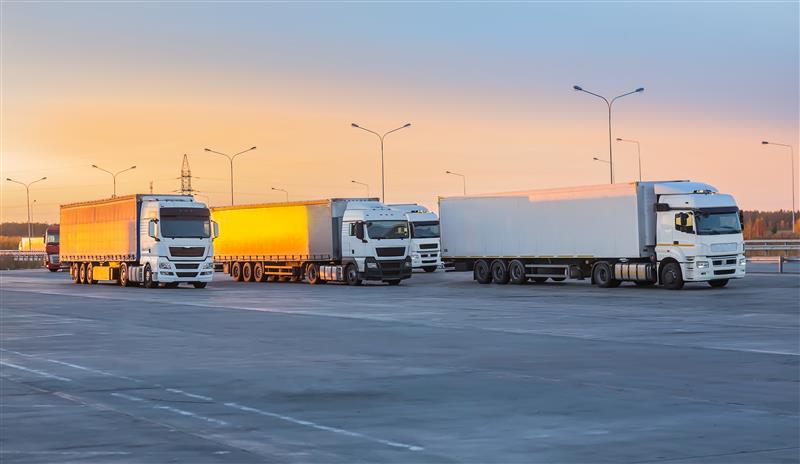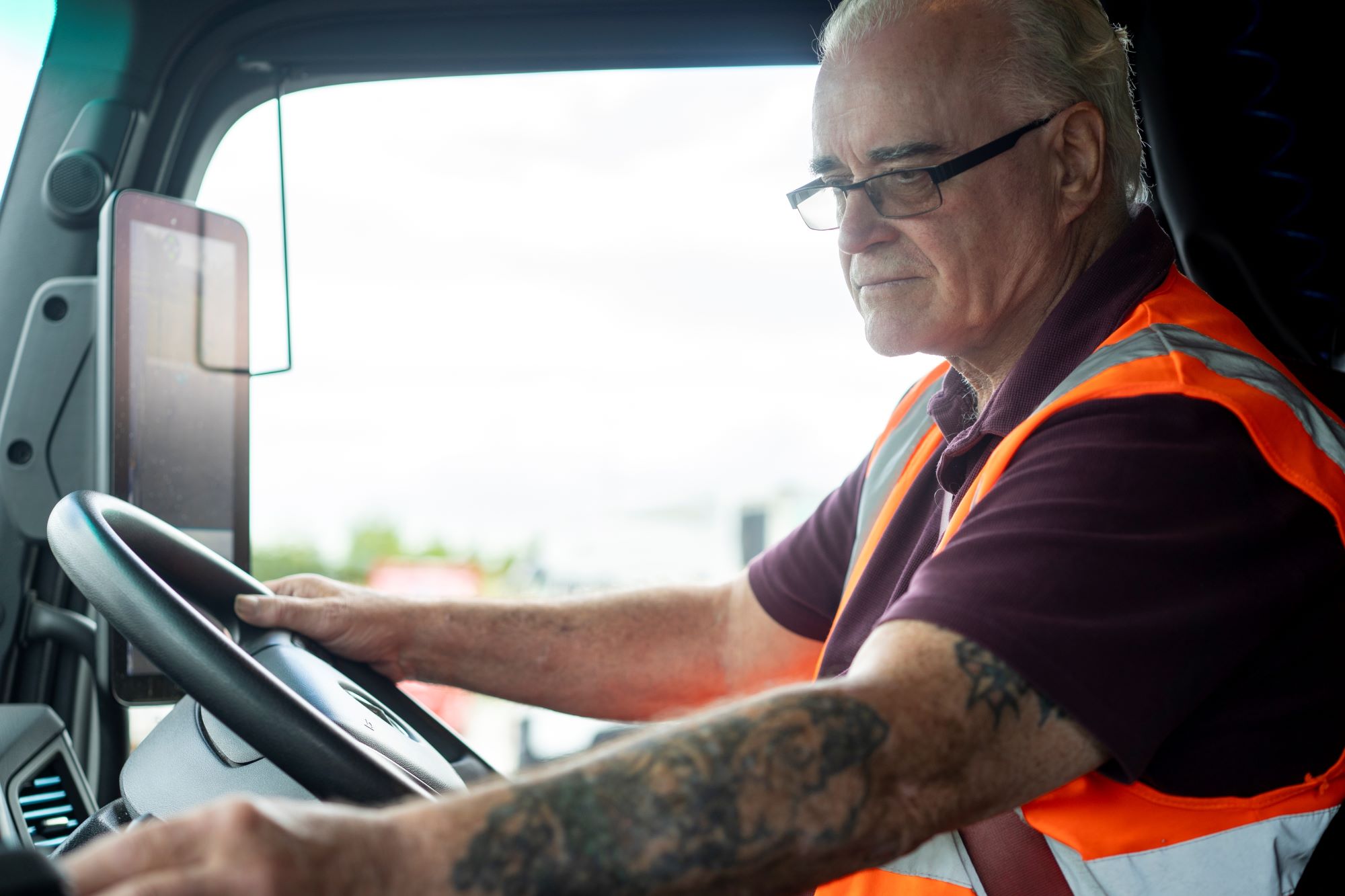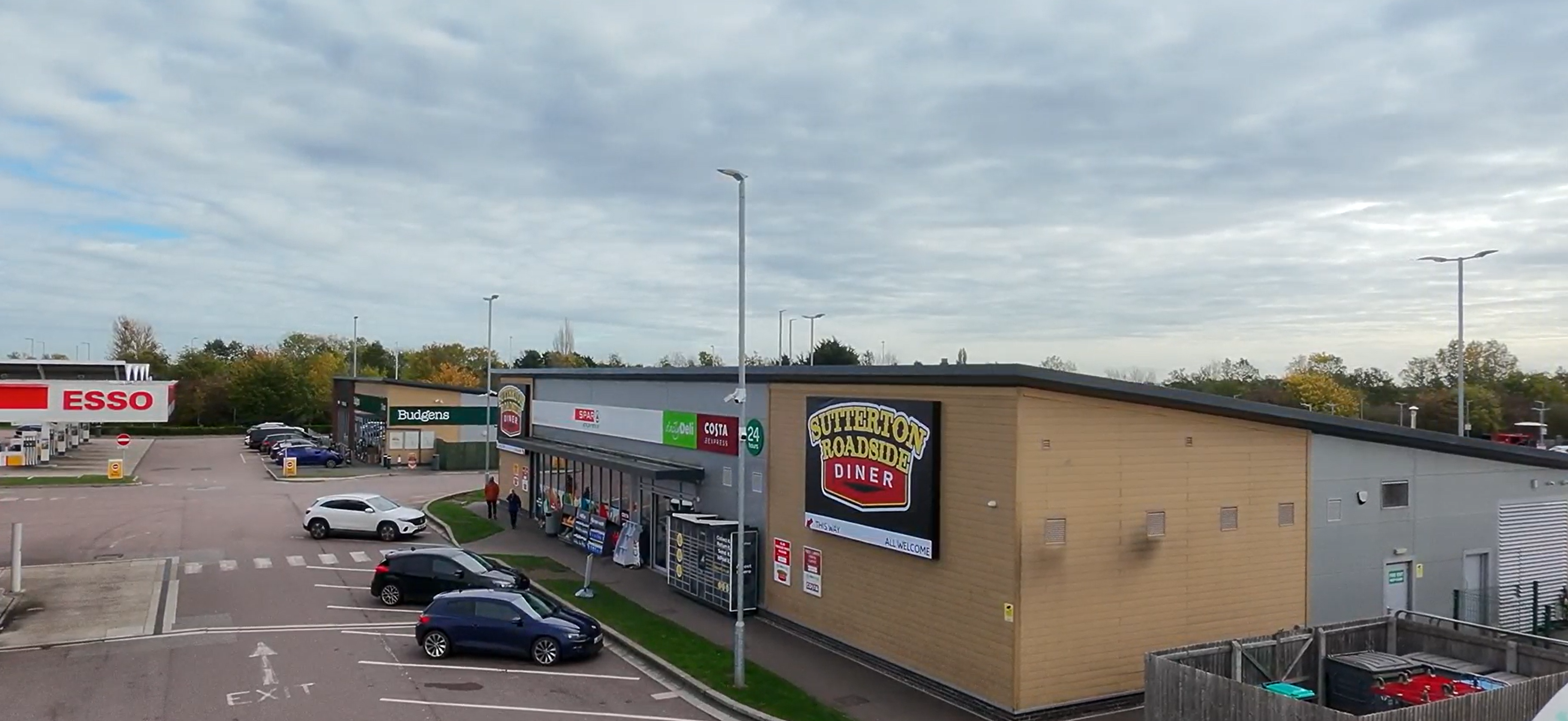
Guest
Могут ли грузовики ездить в Европе по воскресеньям?
Создано: 23.12.2024
•
Обновлено: 23.12.2024
Чтобы справиться с запретом на вождение грузовиков по воскресеньям в Европе, необходимо всестороннее понимание правил конкретной страны, сезонных изменений и эффективных стратегий. Инвестируя в тщательное планирование маршрутов, оставаясь в курсе событий, оптимизируя операции и используя технологии, компании автопарка могут смягчить последствия этих ограничений.
В этом блоге мы исследуем различные правила в разных европейских странах и подробно рассмотрим лучшие способы адаптации к ним.
Законы конкретной страны
В каждой стране существуют свои законы о запрете воскресного вождения, и они могут сильно различаться.
Германия
С 12 часов ночи до 10 часов вечера в последний день недели запрещено движение грузовиков массой более 7,5 тонны. Однако это не всегда является сдерживающим фактором. Комбинированные перевозки могут пользоваться специальными льготами: железнодорожные и автомобильные перевозки разрешены в пределах 200 км от станций погрузки или разгрузки, а портовые или автомобильные - в пределах 150 км от портов. Перевозка специфических скоропортящихся товаров, таких как свежее молоко, молочные продукты, мясо, рыба, фрукты и овощи, также не подлежит налогообложению.
Кроме того, на некоторые транспортные средства и операции запрет не распространяется, например, на автомобили экстренных служб, занимающиеся эвакуацией, буксировкой или устранением поломок.
Франция
На этой территории действуют ограничения на вождение, аналогичные немецким, и распространяются на грузовики массой более 7,5 тонны. Эти ограничения действуют по воскресеньям и в праздничные дни с 12 часов ночи до 10 часов вечера.
Кроме того, существуют ограничения по субботам и накануне национальных праздников, когда вождение запрещено с 10 вечера до 12 ночи. А летом по субботам запрет действует с 7 утра до 7 вечера.
Исключение составляют некоторые товары, в том числе молочные и мясные продукты, а также автомобили экстренных служб. Нарушение этих запретов может привести к значительным штрафам - от 750 до 3 750 евро для физических и юридических лиц соответственно.
Италия
В Италии грузовикам запрещено выезжать на дороги по воскресеньям и праздничным дням с 9 утра до 10 вечера. Стоит отметить, что в июне, июле, августе и сентябре запрет начинается раньше, в 7 утра, но заканчивается все равно в 10 вечера.
Страна также вводит дополнительные ограничения в летние месяцы. В июле эмбарго действует по субботам с 8 утра до 4 вечера, а в августе оно продлевается с 8 утра до 10 вечера.
Хотя это общие правила, важно знать, что на некоторых маршрутах могут быть местные отклонения или временные ограничения. Как и в случае с Францией и Германией, некоторые исключения могут применяться для особых видов товаров или экстренных служб.
Испания
Что касается Испании, то здесь все гораздо сложнее. Существует множество региональных запретов, особенно в Каталонии. Ограничения на вождение грузовиков могут меняться в зависимости от местных правил, государственных праздников и конкретных маршрутов. Дальнобойщикам, работающим в этой стране, следует ознакомиться с местными правилами, чтобы обеспечить их соблюдение.
Помимо воскресных и праздничных запретов, существуют также ограничения по субботам в летние месяцы. Обычно они действуют с 8 до 12 часов утра, особенно в июле и августе, когда движение на дорогах интенсивнее из-за отдыхающих.
Другие страны
Что касается других европейских стран, то многие из них также вводят свои собственные запреты на вождение по воскресеньям. Австрия, например, запрещает грузовикам весом более 7,5 тонны выезжать на дороги по воскресеньям с 12 часов ночи до 10 часов вечера. В Швейцарии действует аналогичный запрет: автомобили массой более 3,5 тонны не могут ездить в течение всего дня.

Стратегии для автопарков
Для преодоления воскресных ограничений на вождение грузовиков очень важно эффективное планирование маршрутов. Используя передовые технологии и стратегическое мышление, операторы автопарков могут оптимизировать свои процессы.
Используйте GPS и программное обеспечение для планирования маршрутов
Использование современных систем GPS и [программного обеспечения для планирования маршрутов] (https://snapacc.com/newsroom/route-optimisation-with-fleet-management-software-snap-account/) позволяет автопаркам и их водителям определять наиболее эффективные маршруты, избегая районов с запретом на вождение. Эти инструменты могут предоставлять обновленную информацию о состоянии дорог в режиме реального времени, что позволяет водителям принимать взвешенные решения в пути.
Рассмотрите альтернативные маршруты
Еще одна идея - изучить различные способы добраться до нужного места. Хотя может быть заманчиво придерживаться самого прямого пути, альтернативные маршруты часто позволяют сэкономить время и избежать потенциальных штрафов. Такие маршруты могут быть немного длиннее, но они помогут обойти зоны со строгим эмбарго, что обеспечит более спокойную работу.
Планируйте задержки
Учитывая возможность задержек, вызванных пробками на дорогах или эмбарго на перевозки, компаниям, работающим в автопарках, целесообразно закладывать в свои графики дополнительное время. Упреждающий подход дает больше возможностей для того, чтобы поставки оставались своевременными - даже перед лицом неожиданных проблем.
Будьте в курсе событий
Быть в курсе правил и дорожной обстановки в режиме реального времени не менее важно. Именно поэтому целесообразно использовать специальные приложения и веб-сайты - они предоставляют дальнобойщикам оперативную информацию о закрытии дорог, авариях и заторах, позволяя им корректировать маршруты и избегать задержек.
Многие транспортные ассоциации и логистические провайдеры предлагают услуги по подписке на уведомления о дорожной ситуации. Подписавшись на эти уведомления, операторы автопарков могут получать информацию о любых изменениях в правилах вождения, что позволит им соблюдать их.
Использование технологий
Использование технологий может повысить эффективность работы и соблюдение [норм времени вождения] (https://snapacc.com/newsroom/drivers-working-time-directive-a-guide-for-truck-drivers/).
Телематические системы позволяют автопаркам отслеживать местоположение транспортных средств, расход топлива и поведение водителей. Эти данные могут оказаться бесценными для оптимизации маршрутов. Более того, ведение цифровых журналов упрощает ведение учета, а в случае аудита это станет важной документацией.
Не менее важна технология упрощения платежей - и здесь SNAP может помочь.
Подпишитесь на SNAP
Если вам нужна безопасная парковка, мойка для грузовиков или другие услуги для вашего автопарка, наши решения сделают их оплату намного удобнее. Посмотрите, что SNAP может предложить вам сегодня.



